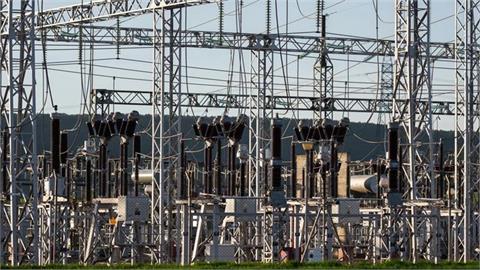Crude oil prices saw limited decreases on Friday with positive signs of an agreement in the ongoing strike in Norway and the return of Libyan oil to the market.
International benchmark Brent crude was trading at $43.16 per barrel at 0600 GMT for a 0.42% drop after closing Thursday at $43.34 a barrel.
American benchmark West Texas Intermediate (WTI) was at $41.04 a barrel at the same time for a 0.36% drop after ending the previous session at $41.19 per barrel.
The ongoing strike in Norway, the resumption of Libyan oil and continuing demand concerns amid increasing coronavirus cases are among the factors that are supporting the limited price declines.
Norway’s employer organization - Norwegian Oil and Gas Association on Thursday warned that nearly a quarter of the total oil and gas production on the Norwegian Continental shelf would be affected if the trade union Lederne chooses to continue the strike. However, the association and some labor officials are due to meet with a state-appointed mediator on Friday, which may conclude the strike that started on Sept. 30.
After the resumption of oil production in Libya, which is excluded from the current production agreement among members of the Organization of the Petroleum Exporting Countries and partner countries (OPEC+), the daily level of output reached almost 300,000 barrels per day.
Concerns over a possible oversupply while the COVID-19 pandemic continues to hamper the global economic recovery are also other key factors affecting oil price fluctuations.
The number of COVID-19 cases worldwide is now over 36.5 million, according to the latest data from Johns Hopkins University.
While the US still tops the number of cases above 7.6 million as of Friday morning, India has increased its cases to more than 6.9 million, and Brazil follows with over 5 million cases.
Hurricane Delta, which is expected to hit the Gulf of Mexico in hours, brought production to a halt in the area that comprises 17% of US total oil output and 5% of US natural gas production to further pressure prices.
The US Bureau of Safety and Environmental Enforcement (BSEE) said 15 critically positioned rigs out of a total of 17 have been moved off location out of the hurricane’s projected path as a precaution.
The BSEE also said approximately 91.53% of the current oil production and 61.82% of the natural gas production in the Gulf of Mexico have been shut-in.
(Anadolu Agency, October 9, 2020)



